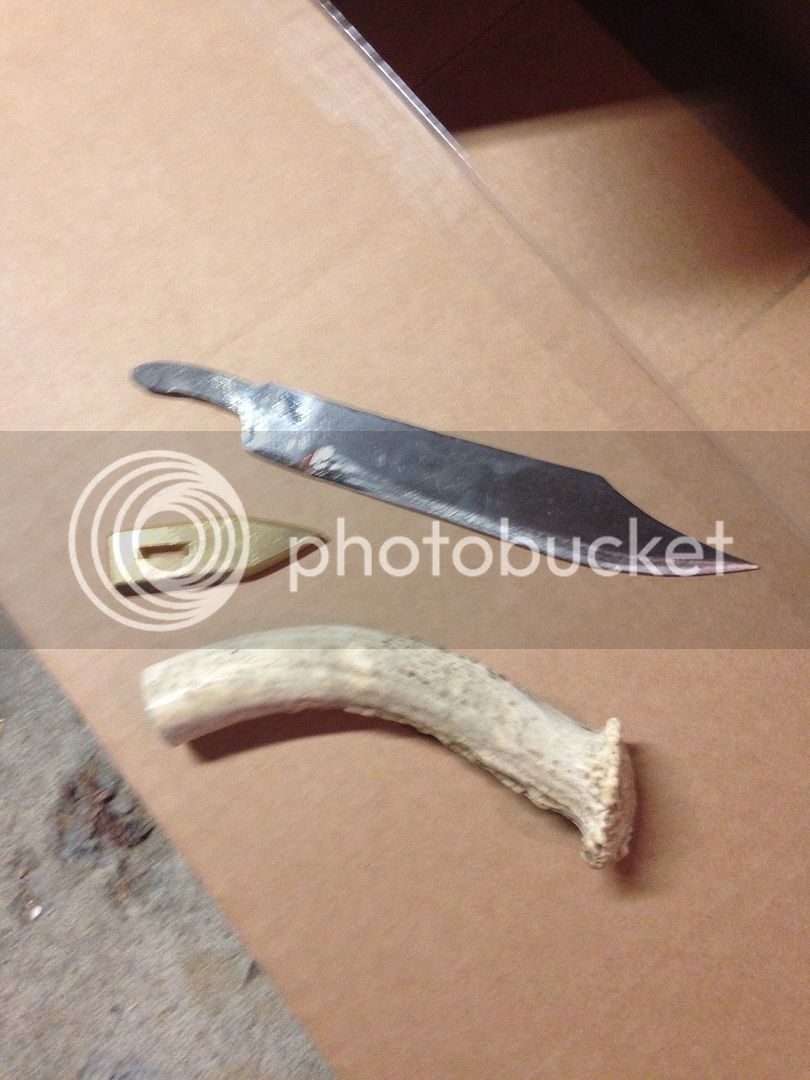Just my opinion, but I don't see it as large enough, or efficient enough to do very much with. There are many shown on you tube videos that would be more useful. As mentioned, a forge does not have to be expensive. I made a good one from a shallow cast iron sink, some 4" square steel tubing for an air channel, a cheap squirrel cage blower and rheostat, for air control. I bolted on a 3/16" steel plate to reinforce the bottom, also bolted on the square tubing for the air channel, drilled a bunch of holes for an elongated air delivery, so I could heat treat blades. It lasted about 10 years, maybe a few more, but the cast iron finally broke down from the uneven heating. I keep it going a couple of years longer using chimney caulking. Though it only lasted 10 or 12 years, it worked very, very good. I burned forge coal in it, and easily melted part of a steel bar, just to see if it would. Later I lucked into a vertical propane forge, made to do sword blades in. The fire chamber looked like it was a water heater tank, coated inside, and had opposing openings in order to pass a sword blade through. Great forge, but lost it in a flood. The interior coating was ruined. I meant to fix it, but never have.
DISCLAIMER.
I am not much of a smith. I used my forge for heat treating more than smithing, but it was capable to do either pretty well.








